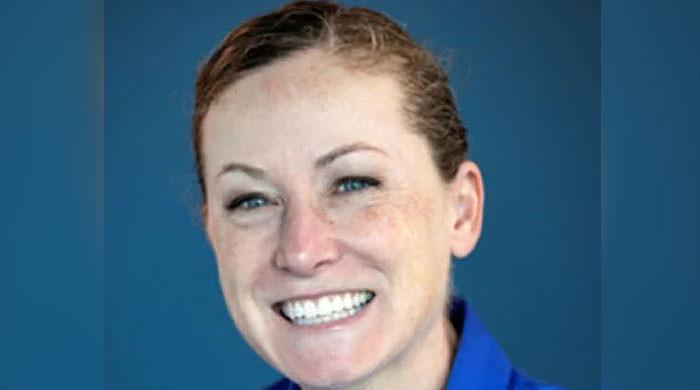Meet one of the volunteers who will spend a year on 'Mars'
 "I'm very excited about this, but I'm also realistic about what the challenge is," says the research scientist..
"I'm very excited about this, but I'm also realistic about what the challenge is," says the research scientist..
Canadian biologist Kelly Haston is about to embark on an extraordinary adventure that she never imagined as a child—preparing for life on Mars. In an exercise simulating a long-term stay on the Red Planet, the 52-year-old scientist will join three other volunteers in a Martian habitat located in Houston, Texas for an entire year. NASA has carefully selected the participants for this experiment, which aims to evaluate crew behavior in an isolated and confined environment in preparation for future real missions.
The challenges that the participants will face include equipment failures, limited water supply, and even some unexpected surprises, according to Haston.
Communication with the outside world will also be affected by the significant delays caused by the distance between Earth and Mars, which can range from up to 20 minutes for one-way communication and up to 40 minutes for two-way communication, depending on the positions of the planets. Haston, a research scientist and a permanent resident of the United States, expresses her excitement about the opportunity while remaining realistic about the challenges ahead.
The Martian habitat, named Mars Dune Alpha, is an impressive 3D-printed facility spanning 1,700 square feet (160 square meters). It includes bedrooms, a gym, common areas, and even a vertical farm to sustain the crew with fresh food. Haston describes the habitat as surprisingly spacious and reveals that they also have an outdoor area for simulating spacewalks or Mars walks. Although the outdoor area is separated by an airlock, it is filled with red sand, providing a semblance of the Martian environment. The crew will need to don their spacesuits for these simulated spacewalks, an experience that Haston eagerly anticipates. As a registered member of the Mohawk Nation, she embraces this unique opportunity aligned with her goals of scientific exploration and contributing to space exploration advancements.
While the four members of the mission—consisting of Haston, an engineer, an emergency doctor, and a nurse—were previously unfamiliar with each other, they have now met and formed a close-knit bond during the selection process.
Haston, having been named the commander of the group, looks forward to witnessing the growth of these relationships during their mission. Their ability to cooperate and get along during mundane tasks such as cleaning and meal preparation will be crucial, despite the importance of the simulated mission for humanity. The crew will undergo a month of training in Houston before entering the habitat, and procedures have been established to handle medical emergencies or injuries, which may necessitate the departure of a team member. Additionally, protocols are in place for addressing family problems that may arise outside the habitat.
Kelly Haston's journey to the Martian habitat represents a remarkable opportunity to contribute to space exploration and advance our understanding of long-duration missions. This ambitious exercise pushes the boundaries of human endurance and resilience while providing valuable insights for future space exploration endeavors
from The News International - Sci-Tech https://ift.tt/uVtsLE5
via IFTTT
Comments